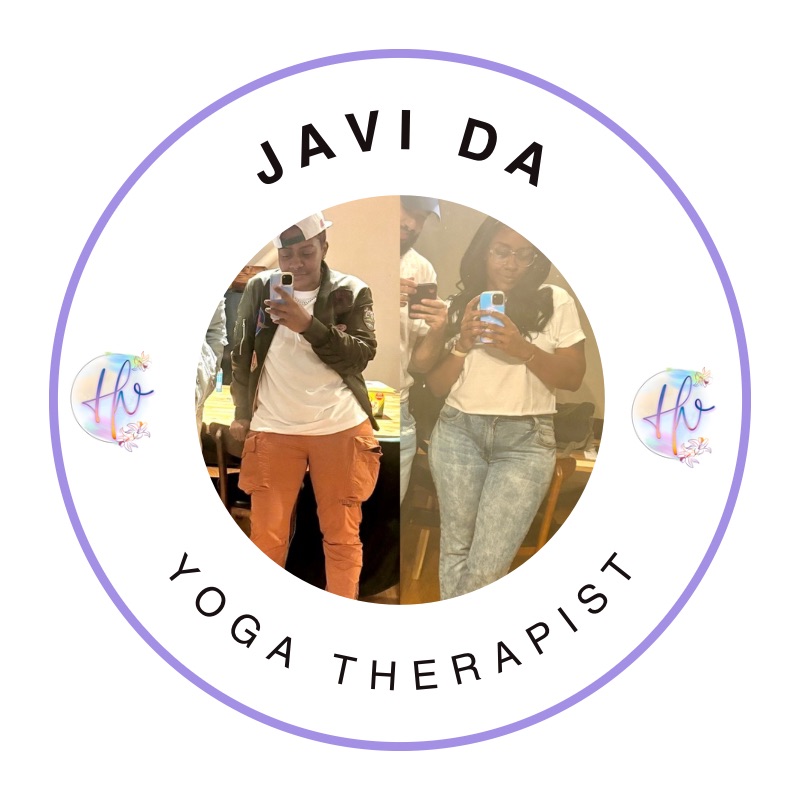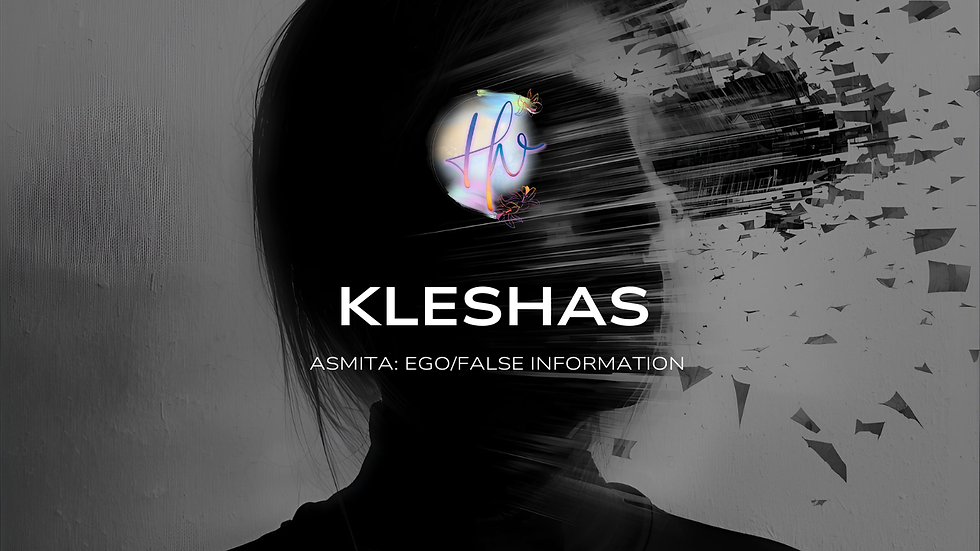Dvesha: Overcome Resistance and Find Inner Calm
- Javi Da Yoga Therapist

- Oct 18
- 2 min read
Dvesha Explained: Yoga Techniques to Overcome Aversion, Resistance, and Emotional Reactivity
When we push away discomfort, unpleasant experiences, or people, the Kleshas shape our perception and keep us looping in patterns of avoidance or irritation.Dvesha is the Klesha of aversion — the impulse to resist what feels painful or uncomfortable. Yoga helps us notice these reactions and cultivate ease, one breath, one pause, one release at a time.

What Is Dvesha?
Dvesha is often translated as aversion or resistance. It is the tendency to reject or push away anything we perceive as unpleasant, threatening, or uncomfortable.
It isn’t about healthy boundaries — it’s when avoidance becomes habitual and reactive.When Dvesha is active, we feel irritation, anger, or tension and often create more discomfort by resisting reality. Yoga invites us to notice aversion without judgment, learning to respond with awareness instead of reaction.
How Dvesha Shows Up
Dvesha can appear as:
“I can’t stand this situation.”
“I don’t want to feel this way.”
“They shouldn’t behave like that.”
“I need to escape discomfort at all costs.”
“This is wrong; I can’t accept it.”
In the body, Dvesha can create stiffness, tight shoulders, clenching, or bracing — the nervous system anticipating threat or discomfort.
Yoga Therapy Approach to Dvesha
Yoga therapy meets Dvesha through awareness, embodiment, and gentle acceptance.
A yoga therapist might guide:
Grounding practices to create stability when resisting arises.
Body scanning to notice tension caused by aversion.
Breath awareness to allow space between reaction and choice.
The goal isn’t to force acceptance, but to cultivate presence and ease even with discomfort.
Three Days to Work with Dvesha
Day 1: Notice Your Resistance
Pay attention to moments of discomfort, irritation, or avoidance.Ask: “Am I reacting to reality, or to my resistance?”✨ Mini Action: Take three deep breaths and simply observe.
Day 2: Observe Emotional Reactions
Notice how aversion shapes your thoughts, feelings, or behavior.Ask: “What am I pushing away, and why?”✨ Mini Action: Whisper: “I can allow this moment as it is.”
Day 3: Practice Gentle Acceptance
Choose one small discomfort to approach with curiosity rather than avoidance.Visualize holding it gently in awareness and softening around it.✨ Mini Action: Affirm: “I can meet life with presence, not resistance.”
Closing Reflection
Dvesha isn’t a flaw — it’s part of being human.Through awareness, breath, and embodiment, we notice where aversion controls us and learn to respond with ease.Each pause, breath, and gentle acceptance creates space for clarity, calm, and freedom.
🌿 This week’s paid practice inside the full Kleshas program guides you through an embodied meditation and yoga therapy sequence to release aversion and reclaim ease.




Comments